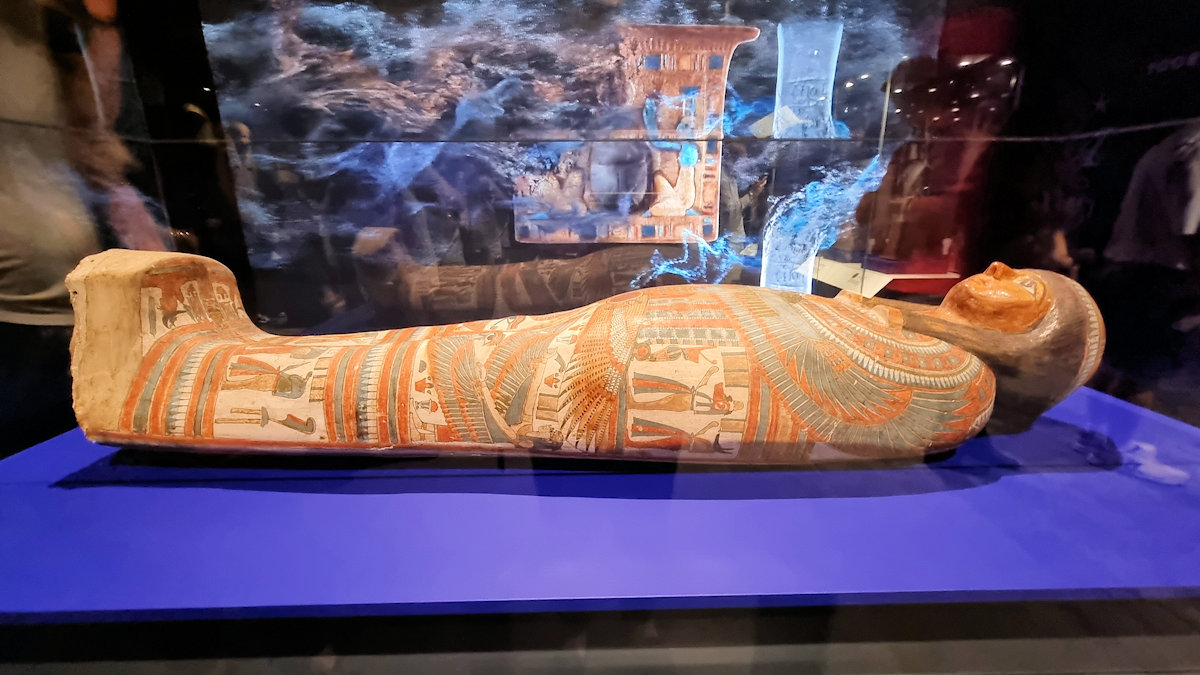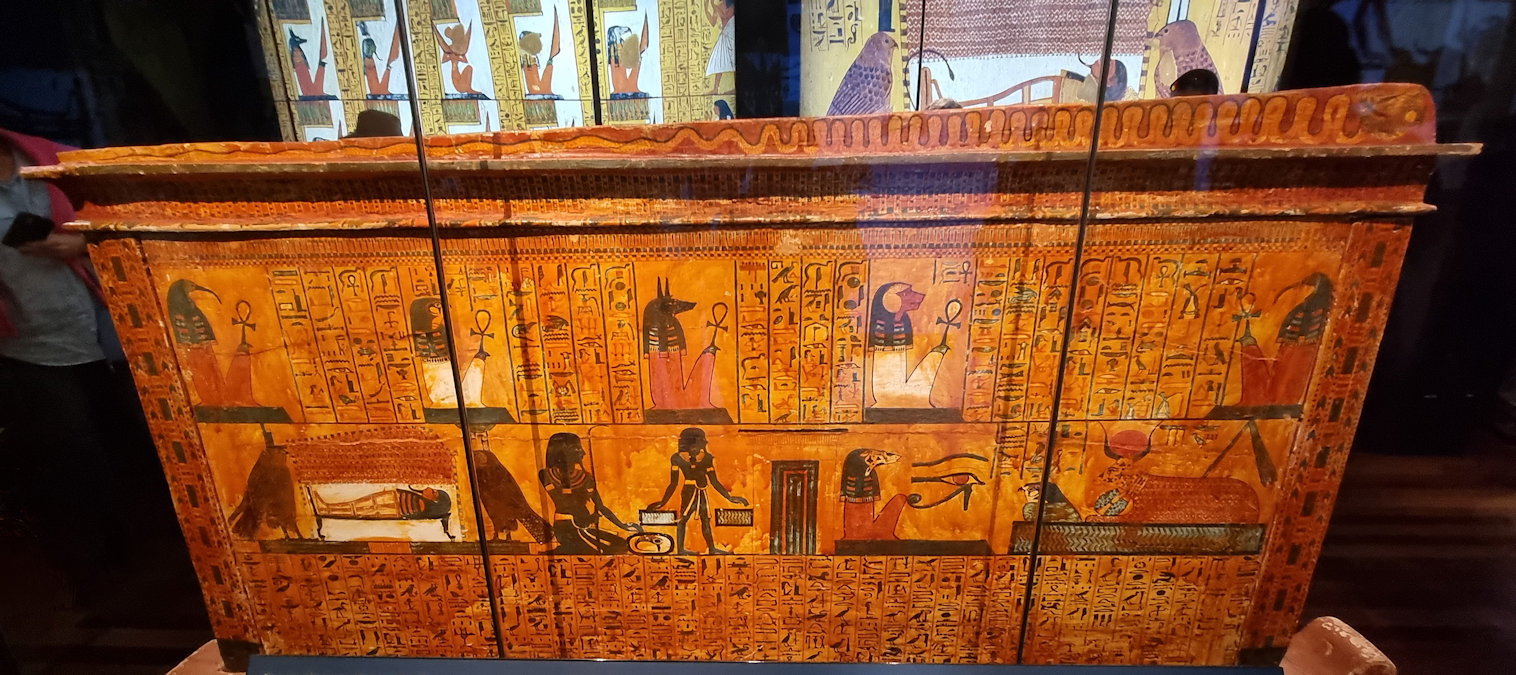Tag: Egypt
-
Hawker Sea Fury in Egyptian Service

Hawker Sea Fury in Egyptian Service The Royal Egyptian Air Force received 12 single seat Sea Furies in 1950-51. This was followed by the F.2/43 prototype NX798 G-AKRY. At least two Iraqi Furies were also presented to Egypt. Read more
-
Discover Ancient Egypt in Canberra

Discover Ancient Egypt At The National Museum of Australia in Canberra On display until 8 September 2024 at the National Museum of Australia in Canberra, Discover Ancient Egypt displays fascinating artifacts from the Dutch National Museum of Antiquities (Rijksmuseum van Oudheden). What’s on Display Entering the museum, you are greeting by a statue of Anubis,… Read more
-
Ramses the Great at the Australian Museum

Ramses the Great at the Australian Museum Running until May 19, 2024, The Australian Museum is currently hosting an exhibition centred on the Egyptian Pharoah Ramses II. This was a great opportunity to see some of the most important artifacts from ancient Egypt, without having to leave Australia. Featuring over 180 artifacts, this is a large… Read more
